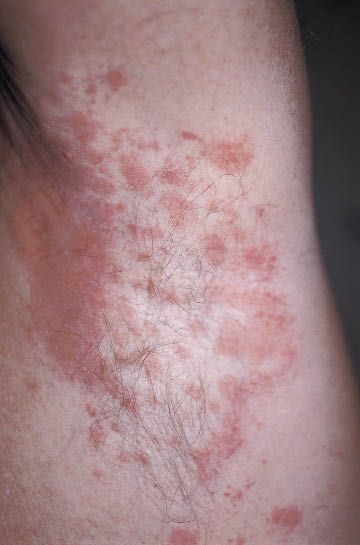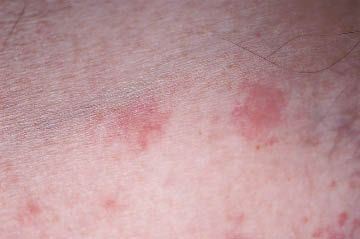- Clinical Technology
- Adult Immunization
- Hepatology
- Pediatric Immunization
- Screening
- Psychiatry
- Allergy
- Women's Health
- Cardiology
- Pediatrics
- Dermatology
- Endocrinology
- Pain Management
- Gastroenterology
- Infectious Disease
- Obesity Medicine
- Rheumatology
- Nephrology
- Neurology
- Pulmonology
Can you identify this axillary rash?
For 3 weeks, a 28-year-old man has had a pruritic, bilateral axillary rash. He stopped using deodorant, but the condition has not improved.

Case 4:
For 3 weeks, a 28-year-old man has had a pruritic, bilateral axillary rash. He stopped using deodorant, but the condition has not improved. The patient takes no medication and is otherwise healthy, although he reports having had a mild upper respiratory tract disorder that did not require treatment about a month earlier.

Case 4: Inverse pityriasis rosea

The development of oval-shaped lesions following an upper respiratory tract infection points to the diagnosis of inverse pityriasis rosea, D-a condition in which pityriasis rosea is confined primarily to the axillary vaults, sometimes including the groin area and generally sparing the trunk.
The other conditions in the differential-contact dermatitis, candidiasis, seborrheic dermatitis, and psoriasis-are characterized by confluent rather than multiple discrete lesions.
Poll Results
Online Poll
Powered By
WebsiteGear
: Requires Javascript Enabled On Your Browser.
